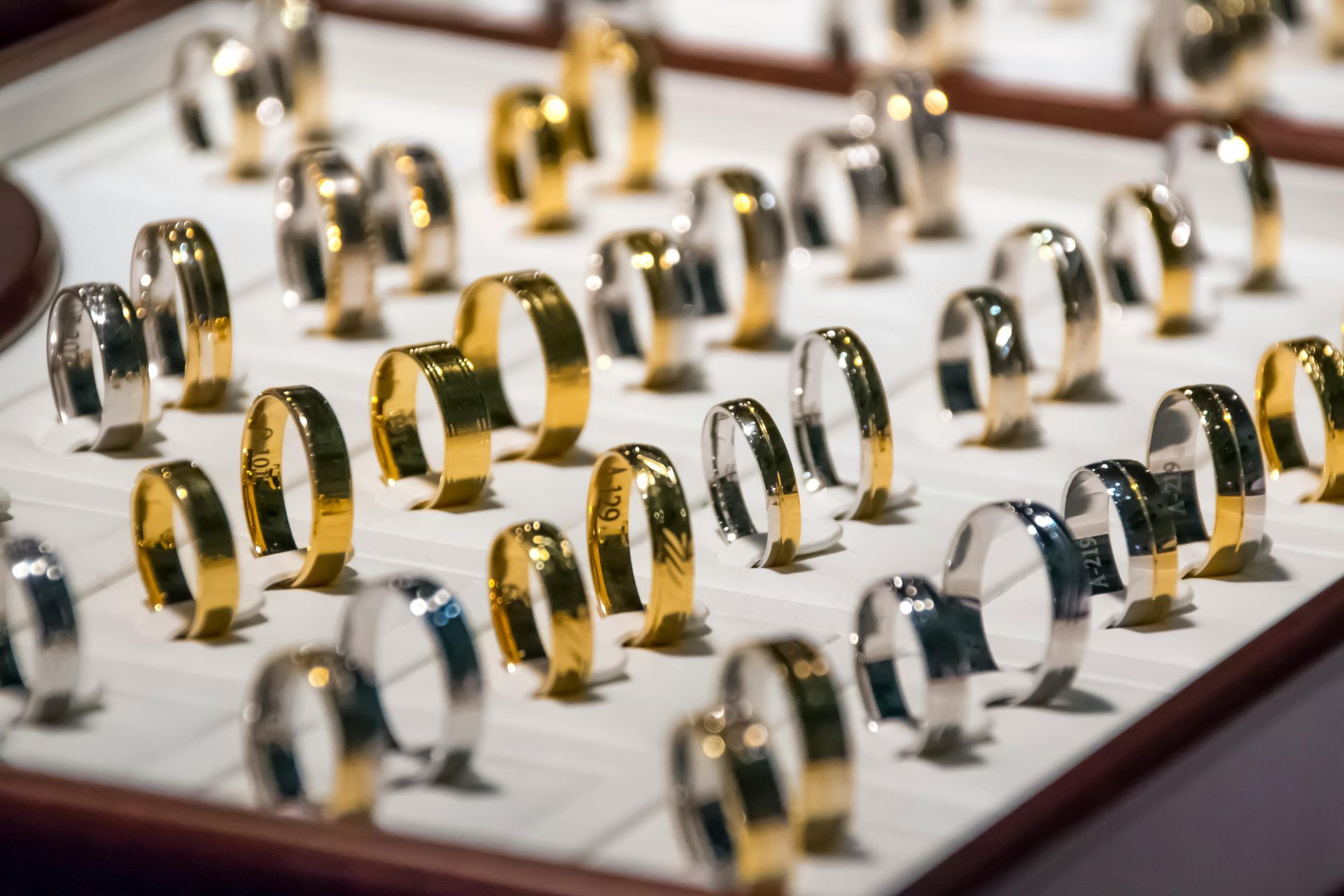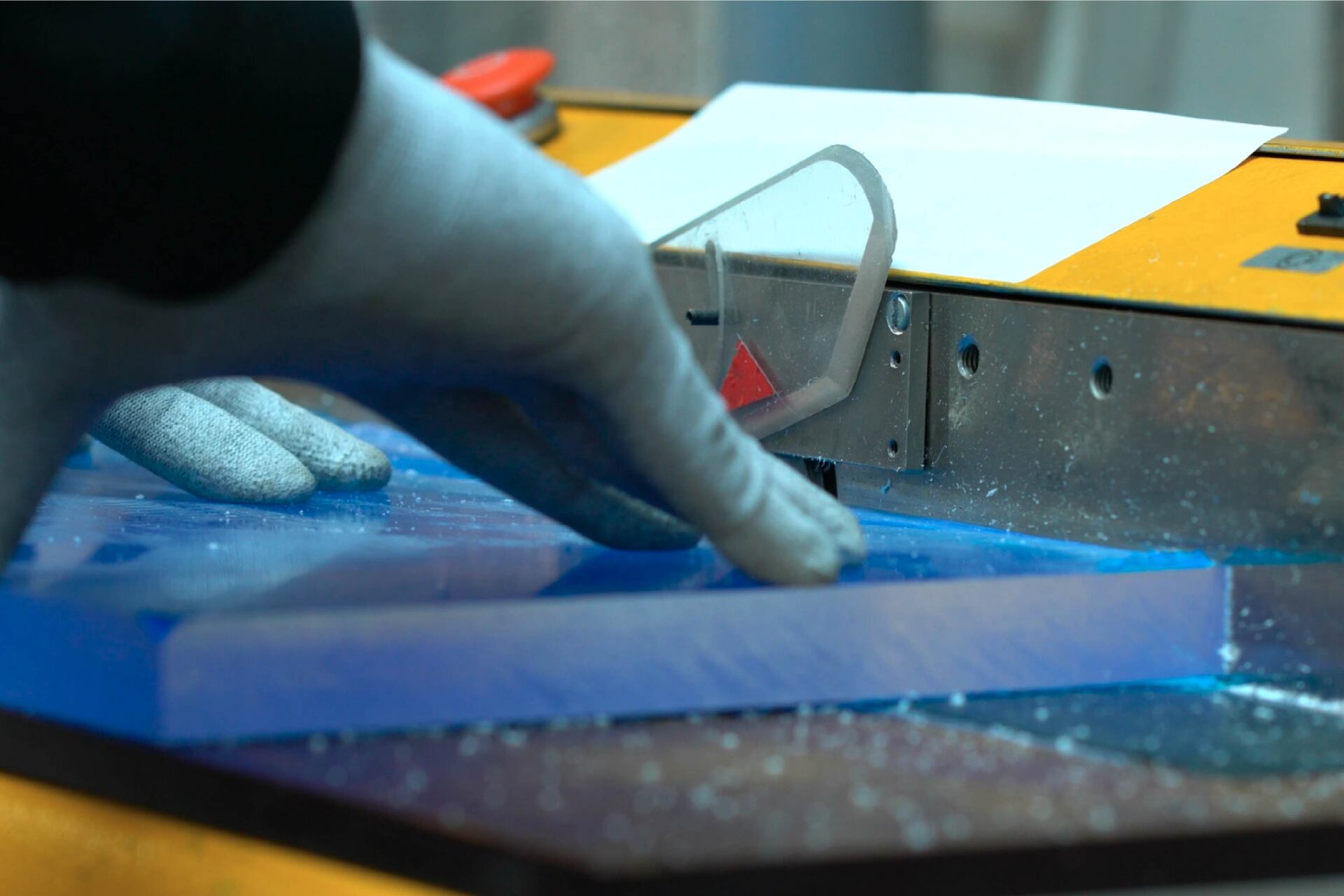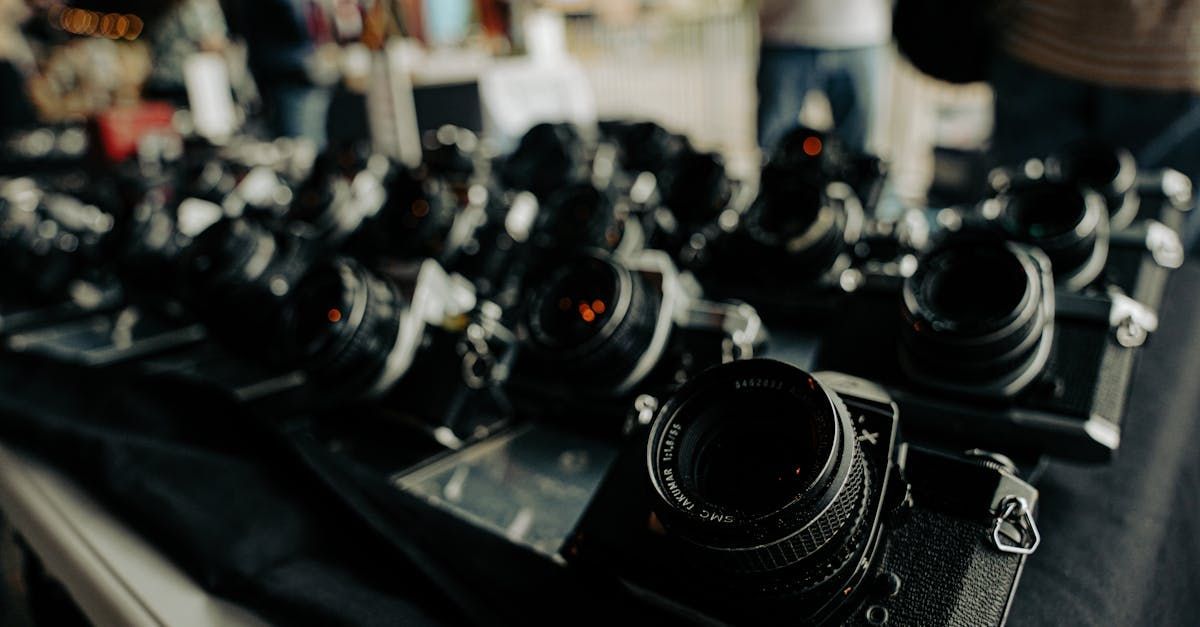Which Material Is Best For My Retail Display?
When it comes to managing a retail store, there are a lot of choices that need to be made constantly. The store's design, inventory management, branding, staffing, and so much more contribute to the business's success. Visual merchandising and retail displays throughout the store are essential in driving sales. There are a lot of choices that store owners/management and vendors need to make when designing a retail display – let's examine material options.
Importance of Retail Displays
Retail displays attract customers' attention and help products sell. There will always be some essential items that will be popular without needing too much extra advertising or a specific display – but for new products, seasonal products, etc., visual merchandising principles paired with a creative display go a long way.
Retail displays can encourage customers to take a second look at a product, even try it on or test it out. The display can offer product education with instructions or benefits listed on the display. After identifying which products you would like to have on specific displays, it's time to decide the type of display and what material it should be made of.
Temporary
Temporary retail displays can be found in just about any retail setting – convenience stores, grocery stores, malls, clothing stores, electronic stores, you name it. These displays are easy to move around, made from cardboard or similar material, and relatively inexpensive.
The idea behind temporary retail displays is that you'll change them out often, so they work well for seasonal items, a new product roll-out, bargain bins for items you want to clear out, and lower-value items that don't need extra security around them. Temporary cardboard displays can have a lot of creativity, such as life-size cardboard cutouts, lots of colors, and complex printed designs.
Semi-Permanent
Semi-permanent retail displays are made to last longer than temporary displays. They can be made of just about any material, with plastic and acrylic being popular choices. Many interactive displays, also called "touch and learn," are semi-permanent. For instance, many perfumes and other beauty products have interactive displays where a customer can pick up the product from the display, hold it, and even sample it.
When it comes to electronics, these displays let customers use the product but keep the display tethered so that customers can't walk off with the product. These displays work well for a relatively new product expected to stay on the shelves.
Permanent
Permanent retail displays are an investment. These displays are your store's fixtures – think endcap shelving, gondola spinning racks, display cases, and more. Permanent displays will typically be the most expensive since they are built to last. Well-made Display cases are a great way to store high-value items and prevent fraud since they can be locked with a key and are strong enough to withstand someone trying to break the glass.
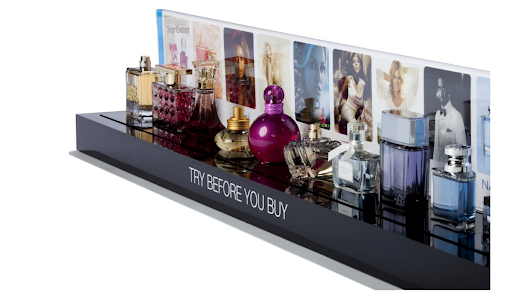
Acrylic
Once you determine whether you are in the market for temporary, semi-permanent, or permanent displays, you'll want to consider the best material for your idea. Acrylic displays are usually for semi-permanent or permanent displays, although they are versatile enough that a temporary display could be acrylic too.
Acrylic displays can be designed for function and aesthetics. Dyeing and engraving on acrylic displays look very attractive and can fit with your company's branding. Regarding function, acrylics work well for interactive displays since the material will be strong enough to hold items in place and prevent fraud.
Cardboard
Cardboard is an excellent choice for temporary displays. If you have a new branding idea that you want to test out before making it a permanent display, starting with a cardboard display is a way to avoid spending more money on a display idea that doesn't work out.
You can also easily move cardboard displays around the store to experiment with their placement and relation to customer traffic flow. High-quality cardboard displays will still be able to last for a long time, but they can be accidentally damaged and are harder to clean than acrylic, plastic, glass, or metal displays.
Shelving
Retail shelving is like the skeleton of the store – it provides structure. Investing in high-quality, durable, and easy-to-clean shelving goes a long way toward the success of your store. Once you have the main aisle shelves set, you may consider adding extra shelving that can serve as a semi-permanent or permanent display.
End caps and point-of-purchase displays are great tactics for visual merchandising. End cap shelving should be placed at the end of the aisles, and POP displays will line the checkout/point-of-sale area. Both displays encourage customers to make impulse purchases.
Display Cases
Jewelry stores, pawn shops, sporting goods stores, bakeries, and more typically use display cases as their form of retail display for high-value items. In the case of bakeries or other food vendors, the case is to promote safe food handling and sanitation. Like shelving, display cases are an investment and will usually stay in one spot in the store.
Even though display cases don't offer the ability for customers to handle the product in the way that temporary or interactive displays do, they still pique customer interest by attractively organizing the products. Your cases should have a robust
theft-deterrent design that helps keep your items safe.
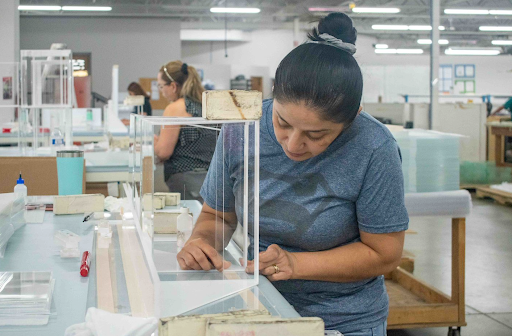
Diversify Your Displays
Depending on the nature of your business, all types and materials of retail displays may have a place. If you have a jewelry store with mainly display cases, you can diversify the layout by adding a few rotating gondola displays with lower-value items or accessories. If you typically stick to shelving retail displays, you can add a cardboard pole topper display to catch a customer's eye. While all of these retail displays can work well on their own, they can also work well together and help your store drive sales.
Work With Exactec
Whichever type of retail display you choose for your next project, you want to ensure it is well-made by an expert design team. Our team at Exactec has decades of experience creating long-lasting, memorable displays for all types of clients. We specialize in acrylic laser cutting and staining, UV gluing, and diamond edge polishing.
Connect with us to see examples of our work and start discussing your next project!
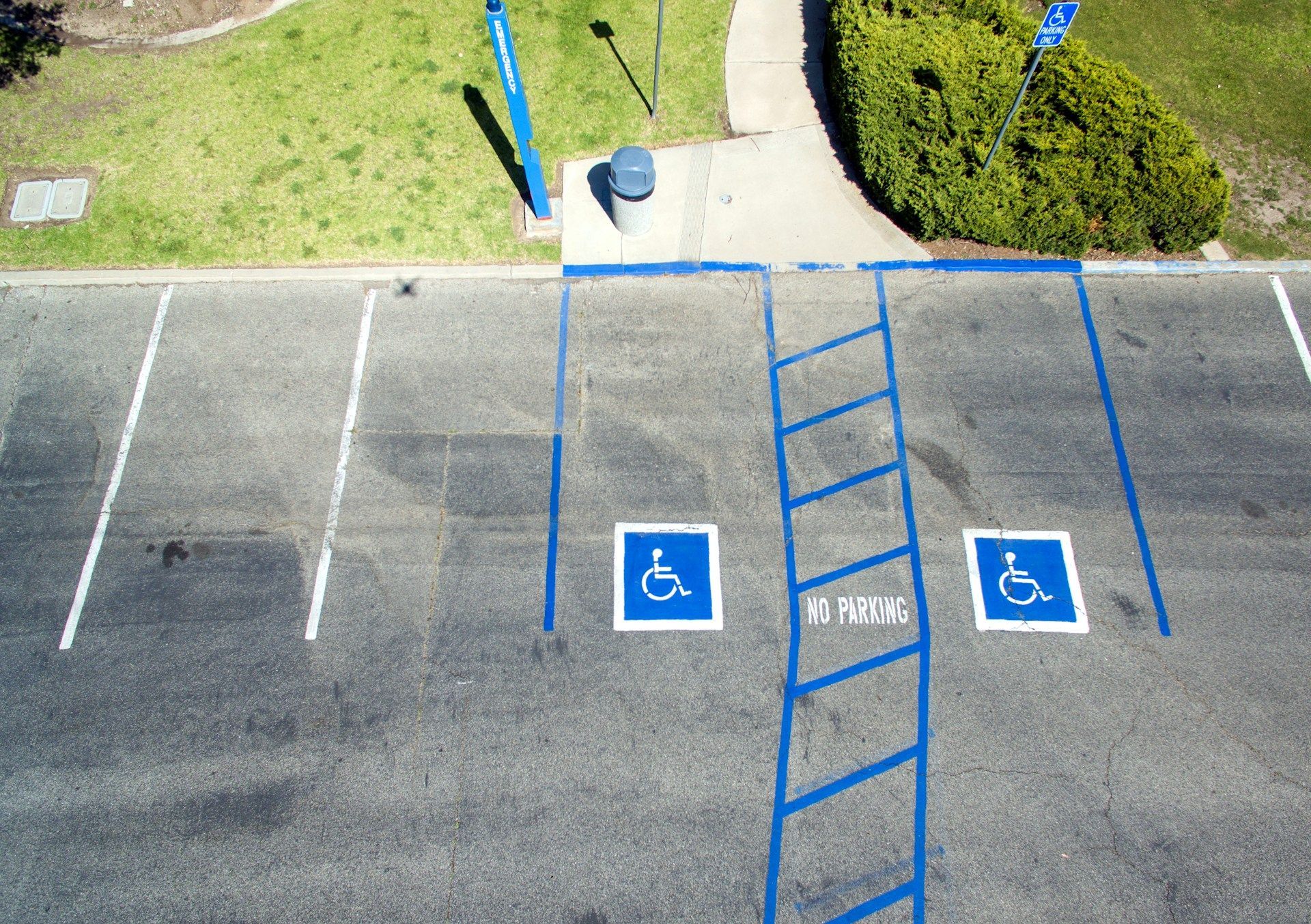


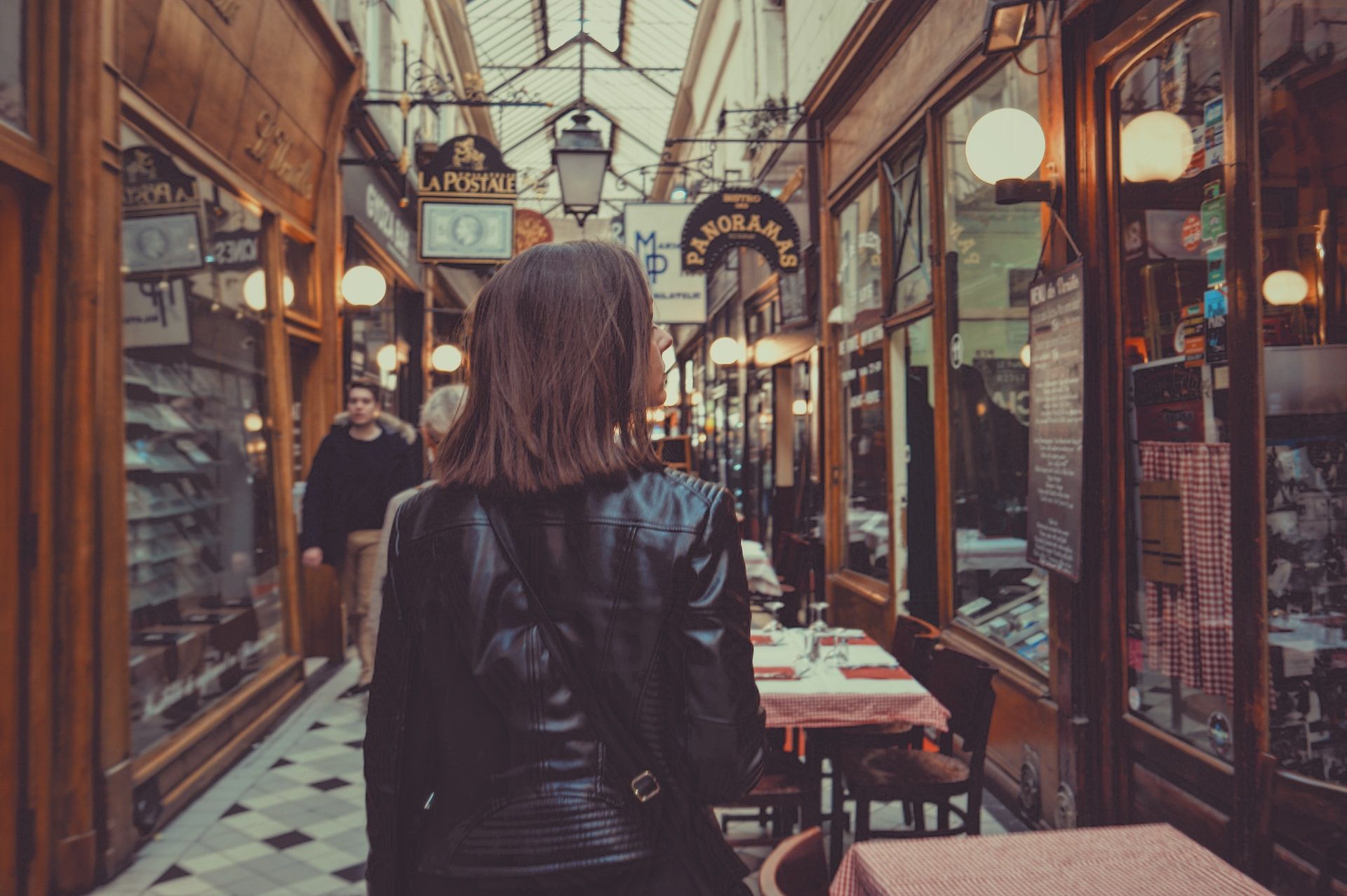

Ready to grow your business with us?
Whether you need us to design a display for you or there is a design already developed our team is absolutely the best at implementation and commercialization.

All Rights Reserved | Exactec


